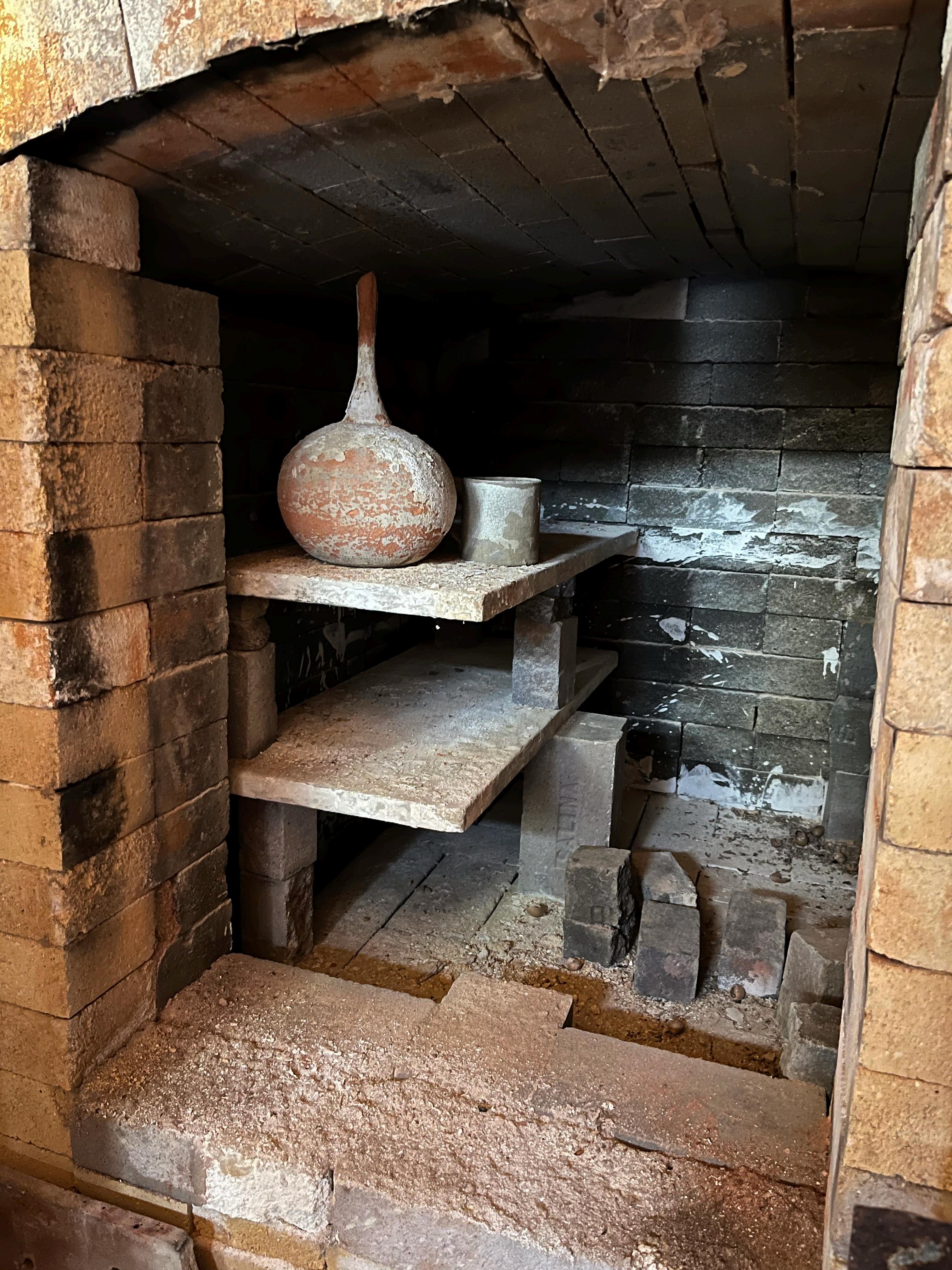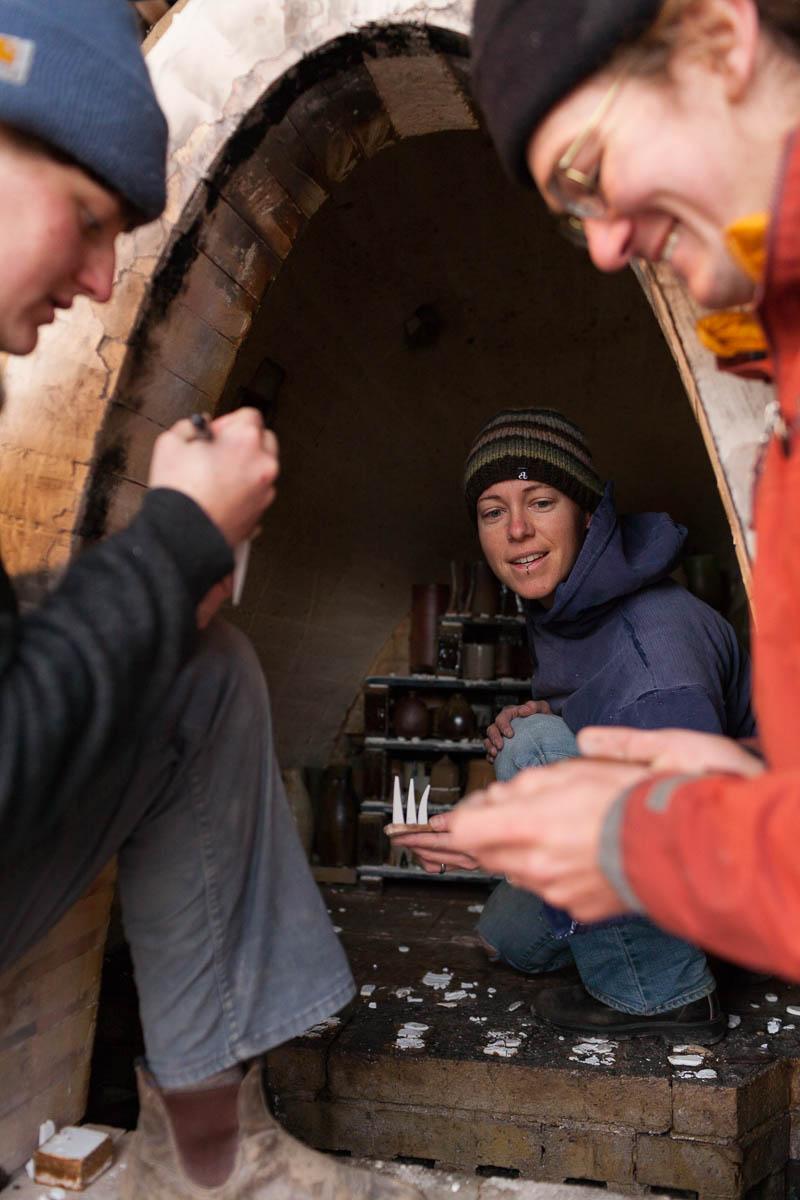
3 minute read
BUILDING THE HEARTH
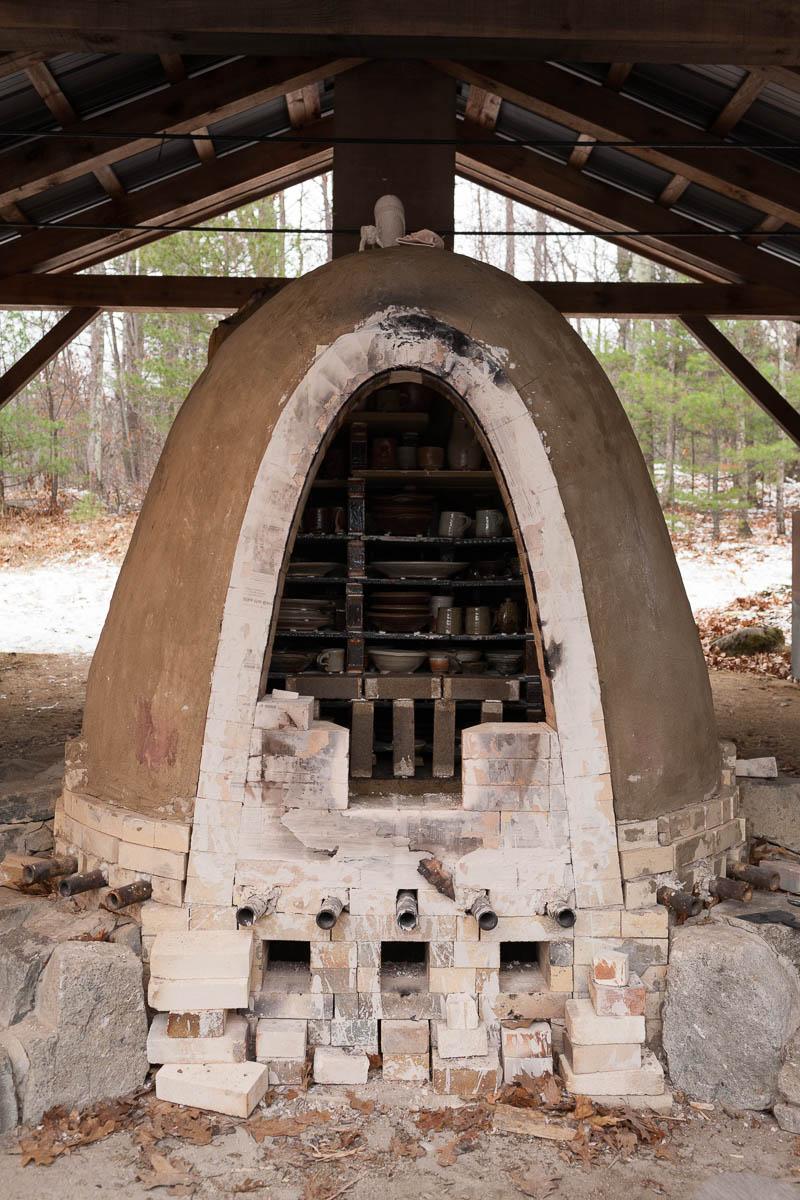
By Mary Barringer
When they left the old place – were driven from it, really – they left a farmhouse, a studio, a refurbished barn with a commercial kitchen and a beautiful common room, and a couple of living spaces. They took everything they could: office furniture and records; all the bricks and pottery equipment; the beds and dressers; the tractor and chest freezers. All of it went into storage all around the county, while they worked out their next move. And when they bought the land, they envisioned the buildings, the gardens, the pens for the animals and spaces for the artists and writers: the new homes for all that stuff that huddled in storage, waiting to be put to use again. Clearing the land and reclaiming it from the damage the loggers had done took longer than they had expected – two years of delays and setbacks and regulations suddenly and arbitrarily invoked. But now, finally, they had a road curving up through the woods to the clearing. They had an open, level space, a septic field, conduits for the electricity to come up and the water to flow down. They had cabins, perched in their temporary places. And they had a view, across the narrow valley to the peaks, each one named, that rose in the distance. Humans crave a vista: it both enlarges and settles the mind, and the removal of that deep tangle of discarded trees - no longer landscape but defective as lumber – made the long wait and all the struggles seem worthwhile. You might think that, when it was finally time to build into and up from this land, they would begin with shelter. But no: the very first structure would be a pavilion – a house for the kiln, followed in very short order by the kiln itself. Before the offices and kitchens, the meeting rooms and work spaces and sleeping quarters, they would make a place for the fire. This would create the conditions for a certain kind of work and a certain kind of commingling. For whether or not they are potters, people will gather there to stack and stoke, talking softly or boisterously, facing each other across and around the kiln. In the heat of the fire and the hours and work of tending it, a community will be warmed and formed: will take shape.
Humans have been gathering around fires for millennia; both the Native people and the
Europeans who settled on this land would have understood the centrality of fire. And although the making of pots, like so many creative practices, is solitary and self-directed, the firing of them requires surrender to a process that can only be partially seen or directed, and in this sense the potter is always collaborating with the kiln. And firing a wood kiln involves many people, and an extra degree of openness to the demands of the kin and the unpredictability of the results. The kiln is an agent of transformation: what is placed inside it will emerge different, in ways that cannot be predicted or entirely controlled.
What could be a better or more fitting way for Craigardan to begin to inhabit this place?
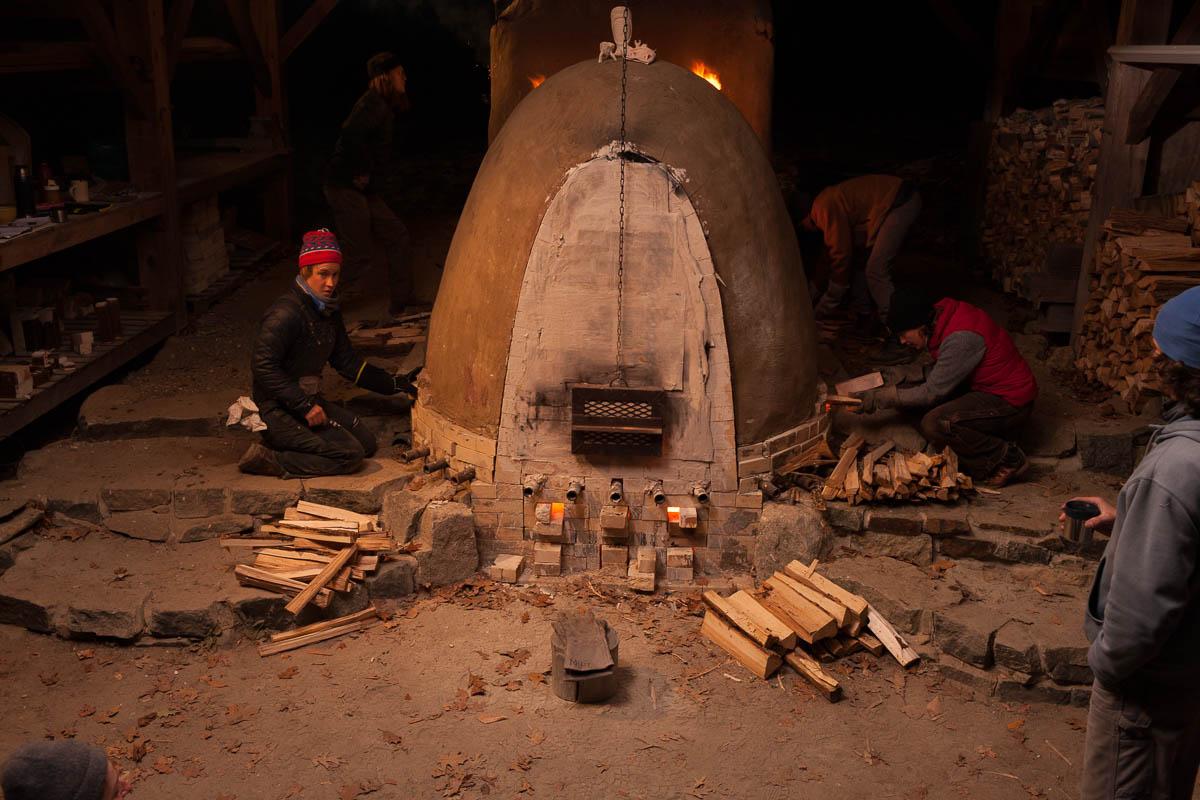
Craigardan’s new kiln is made possible by the generosity of many people. Potters Sam Taylor and Mark Shapiro designed the original kiln in Massachusetts that Craigardan’s new kiln is based on, and they will teach the kiln-building workshop and build the kiln in June on the new campus. Potter and Craigardan co-founder Lanse Stover has spent countless hours preparing for the new build — translating ideas into drawings, counting and ordering materials, organizing equipment, and designing and building the steel structure. Ron Anan, a potter in Massachusetts, is donating thousands of dollars worth of bricks and materials to the kiln and the new studio. Robert Segall, a potter and teacher in Jay, NY bequeathed his studio and two kilns to Craigardan. Steve Amstutz, a timer-frame master in Wilmington, NY donated his time and designs for the new kiln house. And the craftsman Michael Intrabartola brought the designs to reality. It is with heartfelt thanks to these individuals and to our two anonymous donors that the new kiln is possible and Craigardan’s home is taking shape around the hearth.
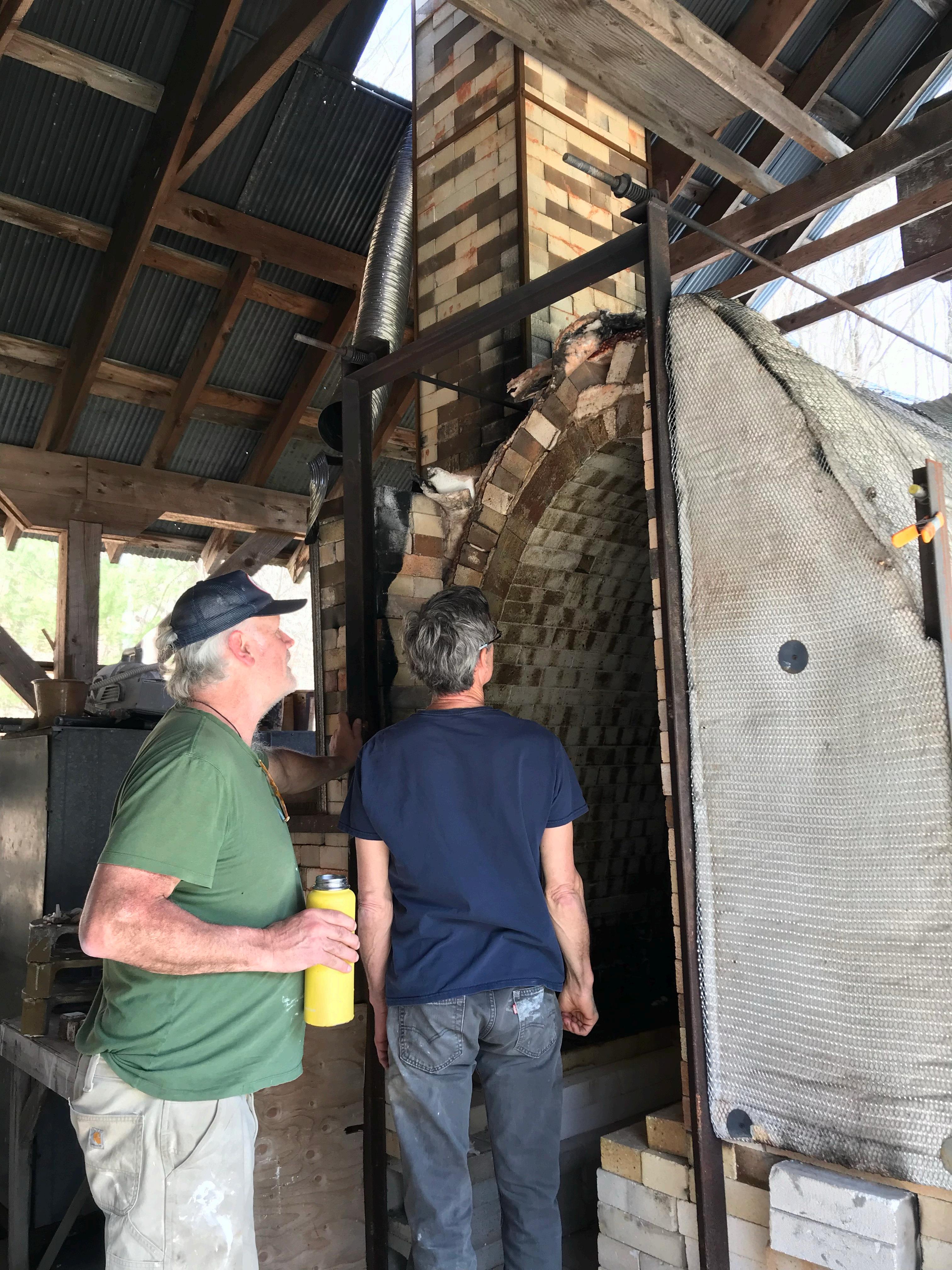
Above: This year our community lost a wonderful friend. Artist and potter Barbara Kaufman was generous in spirit to all those who knew her. May her memory be a blessing and bring a smile to our faces.
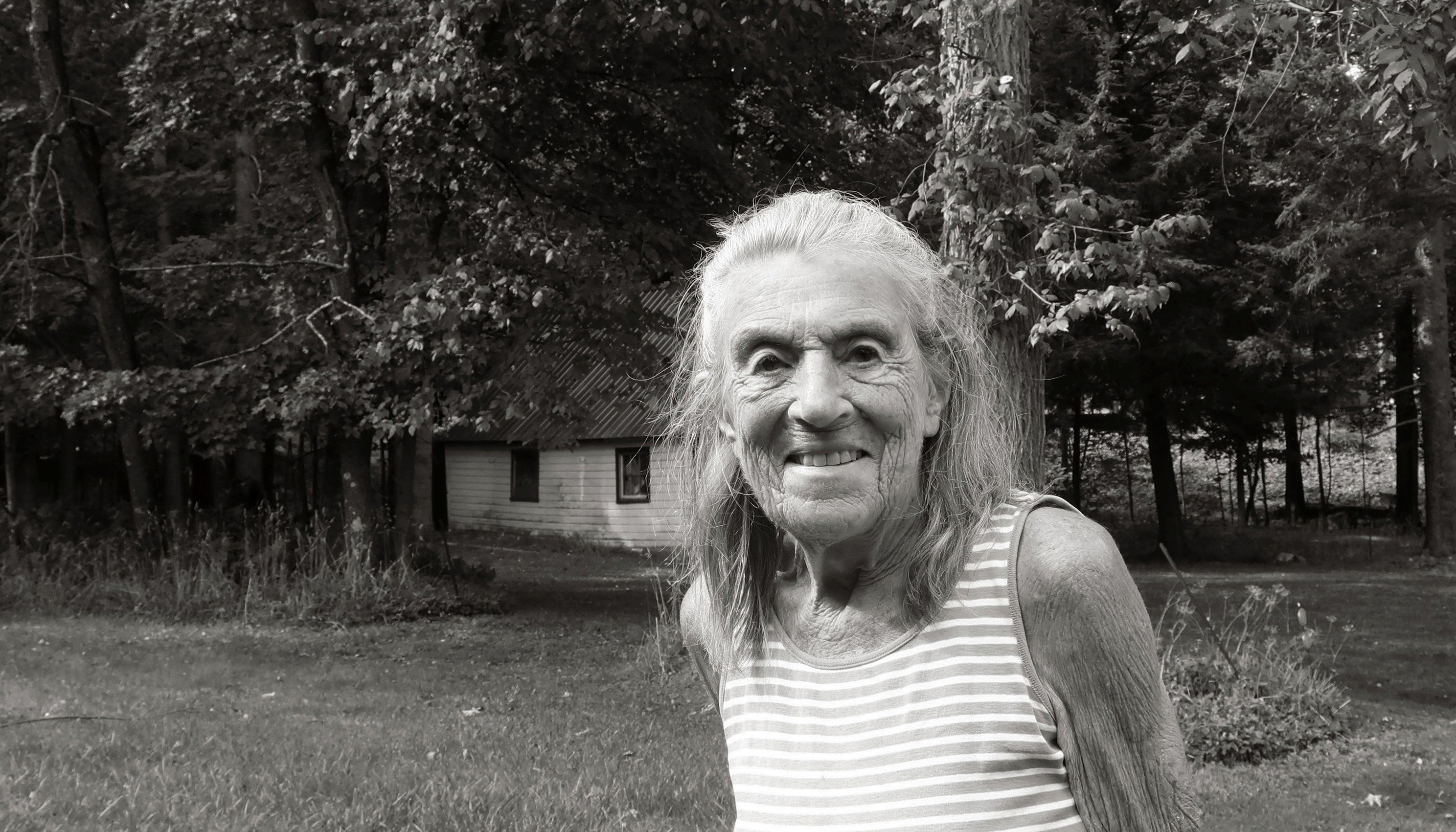
Left: Last fall the clay community lost Robert Segall; artist, potter, teacher, and mentor. This is a look inside Bob’s well-loved, low-fire wood kiln with one of his pots still awaiting re-fire. Bricks from this kiln will live a second life in the new wood kiln at Craigardan.
Craigardan’s new kiln is in memory of Jill Stover, Bob Segall, Barbara Kaufman, and Paul Nowicki.
All are invited to witness the firing of our new wood kiln at Craigardan’s open house: “First Firing”, on Saturday, July 1st. Free and open to the public.
